Looks can be misleading. The first time you take a look at Root’s box and artwork, you could be forgiven for thinking this is a cutesy woodland game. Maybe a game full of anthropomorphic animals have a jolly old time, learning life lessons, and breaking out into spontaneous musical numbers? The reality couldn’t be further from the truth. Root is a game about strategy, planning, and domination. Root is war.
If the phrase ‘war game’ conjures up images of acres of beige and green hexes, with tiny tank tiles on them, you’re not alone. It’s an image the scene has a hard time shaking. What Leder Games and designer Cole Wehrle have done with Root though, is to boil-down the mechanisms and the scale of the conflict game, and dress it up in costumes straight out of a cartoon, leaving us with a sweet, potent concentrate. We’re looking at the Ribena of war games here.
Kyle Ferrin’s artwork is absolutely gorgeous throughout. Just like one of my other favourite board game artists, The Mico, you can spot his work a mile off. His style is so unique, so full of charm, and brings so much colour and life to a genre of game traditionally dominated with small drawings of vehicles and murky green and brown landscapes.
If you go down to the woods today
The aim of Root is to rule the woods. Four different animal factions are vying for the title, and between them the cats, birds, rabbits and raccoon (just the one) use their unique abilities to try to claim the 30 VPs needed to win. Each turn is split into three phases – Birdsong, Daylight, and Evening – and each faction has different actions available to them in each phase. Cardplay is central to the game, and you’ll use your cards to gather support, craft items, and aid you during the inevitable fights.
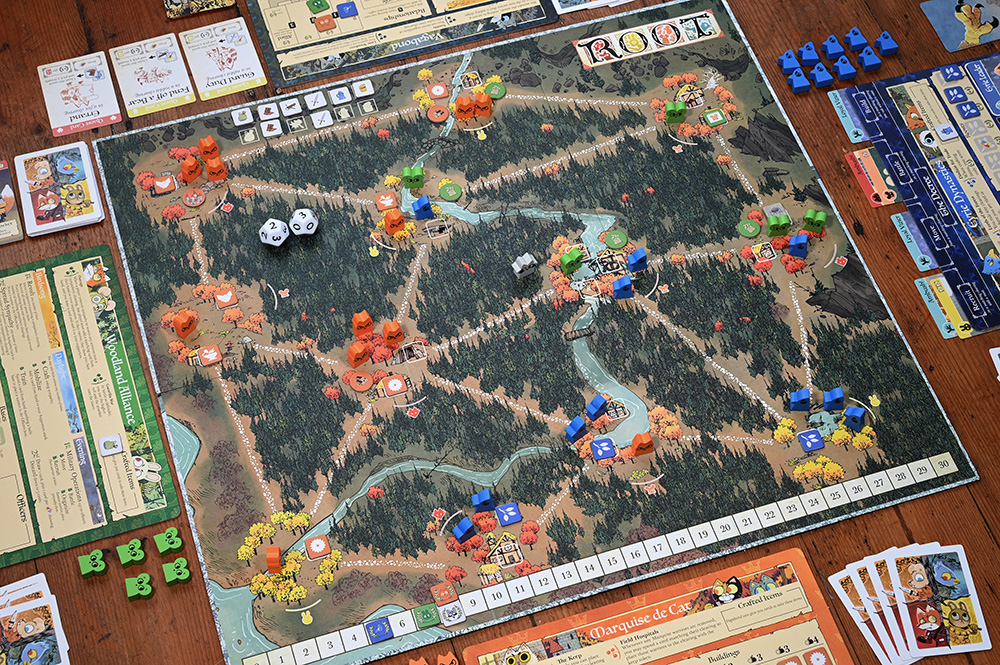
On first glance, the woodland board of Root looks confusing. The first time you see it you’re likely to see a few blue birds in one corner, a lone white raccoon somewhere on the board, and orange cats swarming into just about every clearing. If you’re coming to Root accustomed to the balanced way just about every other board game starts, it can seem daunting. Leder Games recognise this though, and there’s an absolutely brilliant touch in the box.
The Walking Through Root booklet plonks four players into the middle of a game in progress. All four factions are represented, and each player has a preset hand of cards. Players pass the booklet around in turn, doing what it tells them to, and reading out-loud an explanation of why they’re doing it. After a couple of turns each the scenario ends, and everyone around the table has a far better understanding of what’s going on, how it’s happening, and why. It’s a really clever interactive tutorial, and I love it.
Fly-wheels and ping-pong balls
Like the Vast games before it, Root is very asymmetrical. I can’t stress that enough; there are no two factions in Root that play anything like one another. The Marquise de Cat needs to spread her reach, building and harvesting the forest’s resources for her war machine. The Eyrie Dynasty forms an ever-increasing government to build roosts, but risks collapse from poor planning. The Woodland Alliance try to gain sympathy for their cause, slowly gaining momentum. And then we have the Vagabond, acting as claws-for-hire, completing tasks for, and jumping in to aid, the other factions in combat, before disappearing again.
Some factions slowly chip away at the VPs, pinging one or two, here and there with each turn. Others take time to wind up to speed, like a fly-wheel, scoring big later in the game.. Even if it looks like one person is taking an unassailable lead in the early game, the clever balance means that games tend to end up closer than you expect after the first few rounds. The feeling of a race to score the deciding points is so tense, and so much fun.
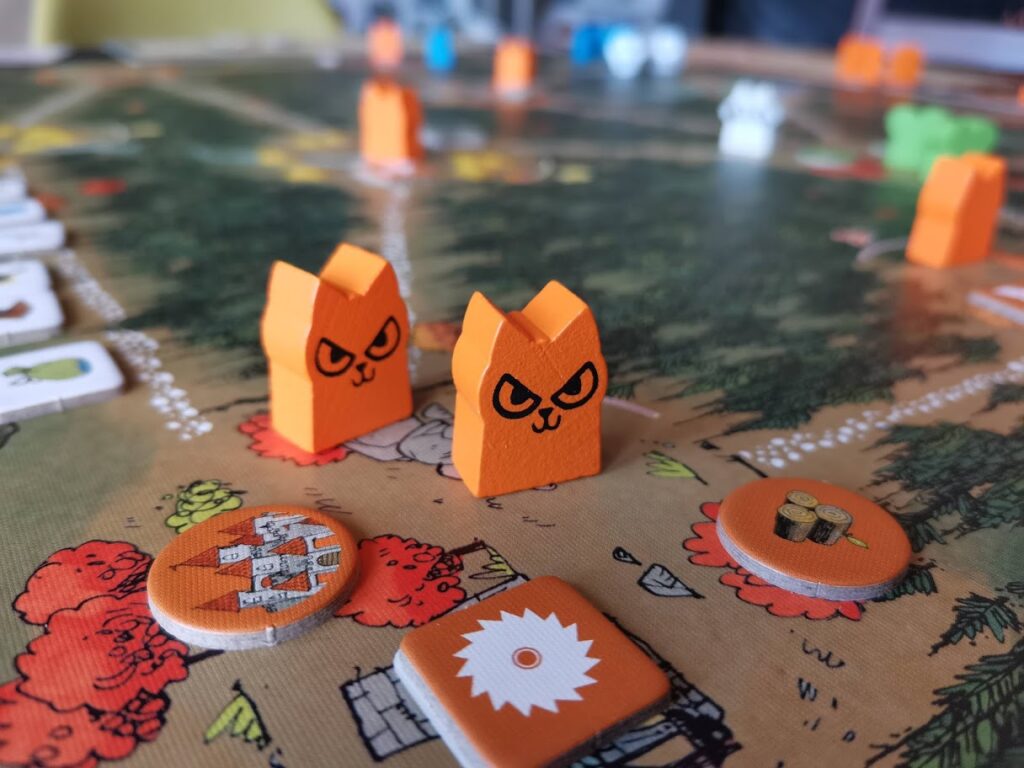
It means that learning to play Root is no easy task. Once you’ve learned how to play as one of the factions, you’ve got to start again when you try a new one. Sure, you’ll have an idea how they work from your previous games, but you still need to find out how to get that engine running smoothly. For this reason, Root is a game best played with a regular group. A seasoned player versus a newbie is always going to result in the latter being trampled into the mud. You’ll end up holding their hand through their turns, and making sharp intakes of breath as they make a poor move. Frustrating for you, and potentially annoying for the new player.
If you’re looking to add a new player to your Root games, I recommend they pick up the excellent digital version of the game. They can learn the game and practice against the AI before they ever sit down at a table with you. Trust me when I say it’ll make the experience much more fun for everyone involved.
A ton of feathers or a ton of bricks?
If you’ve never played Root, and you’ve made it this far in the review, you’d be forgiven if the biggest concern on your mind is about balance. Asymmetry is a tricky thing to create balance in, but Leder Games have a lot of experience in it, with the two Vast games that came before. Between the physical and digital versions of Root, I’ve racked up a lot of games now, and it doesn’t seem to matter how good you get with one faction, someone will always come up with a way to trip you up. If you’re playing with less than four players, some combinations of factions just don’t really work well, but the rule book explains this and suggests which to use.
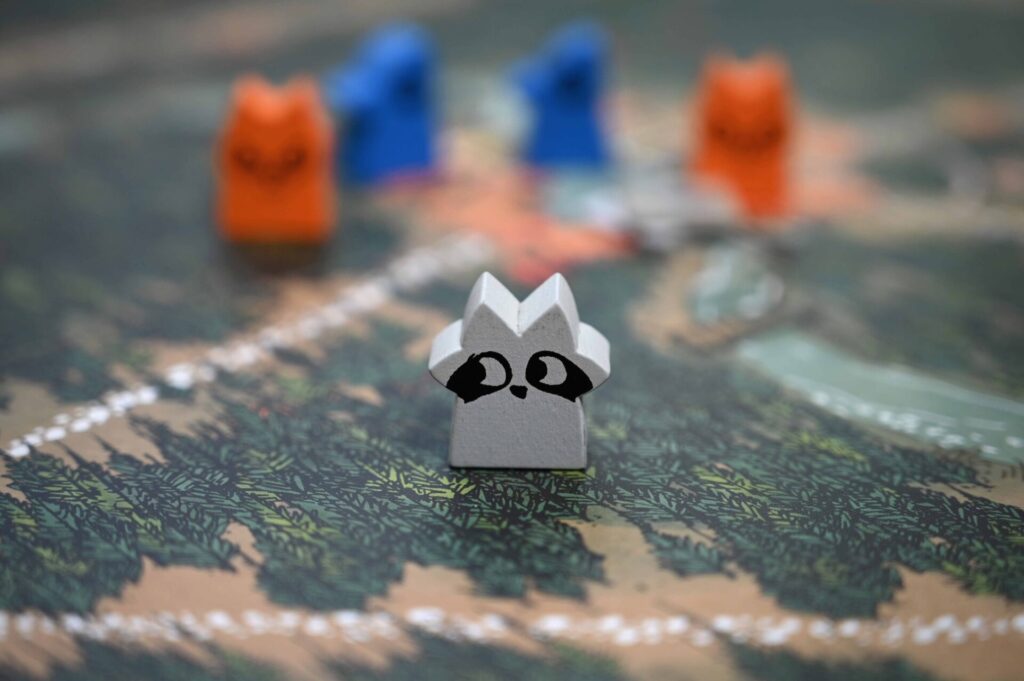
I shudder to think how many games must have been played during the playtesting of Root. It paid dividends though, because the balance is brilliant. Because the factions are so different, learning to play one is like learning to play a new game, and it helps keep Root feeling fresh. It’s a great way of evening things up if you find one player is too dominant with a faction they’ve used a hundred times. Just get them to play as a different one.
What if you do grow bored of the same factions, or get tired of the same map? Luckily for you, Root has plenty of ways to spice things up if the lustre is starting to fade.
Expansions
The Riverfolk Expansion (2018)
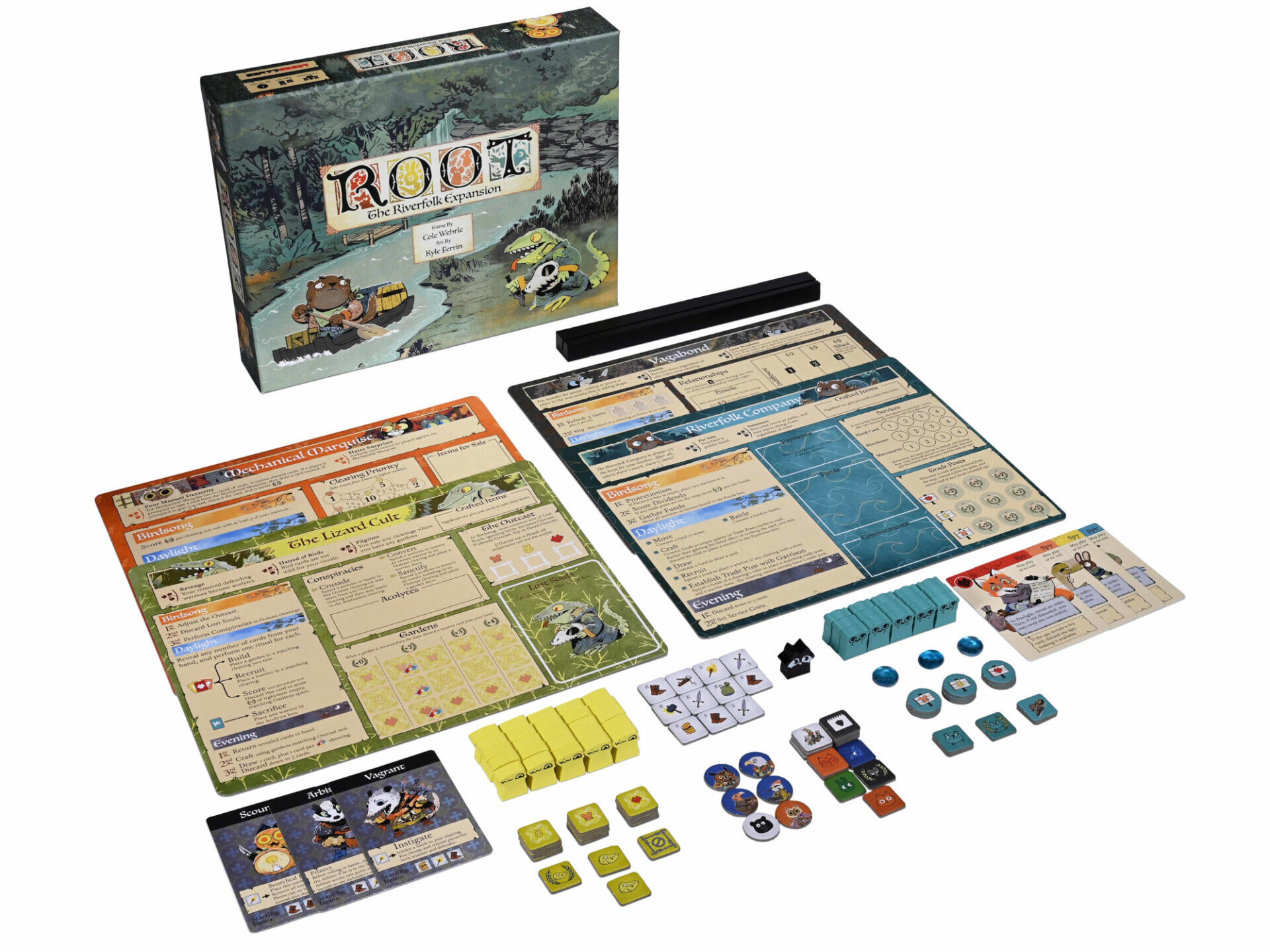
The Riverfolk Expansion adds in two new factions to play: The Riverfolk (otters) and The Lizard Cult (um, lizards). It also throws in another Vagabond, some co-op scenarios, and the first example of an automa / bot to play against on your own. There are some new variants to play for when you’re playing as the Vagabond, but maybe the nicest thing this expansion does is to change the player count. It takes Root from 2-4 players up to 1-6, which is great if your regular group is more than four.
I really like the two new factions, they both feel like a breath of fresh air. The otters are my favourites to play as. It gets really interesting as players are paying you for services with their warriors, which you can then spend to perform your actions. It’s a proper little brain burn, deciding what to do, and when.
The Clockwork Expansion (2020)
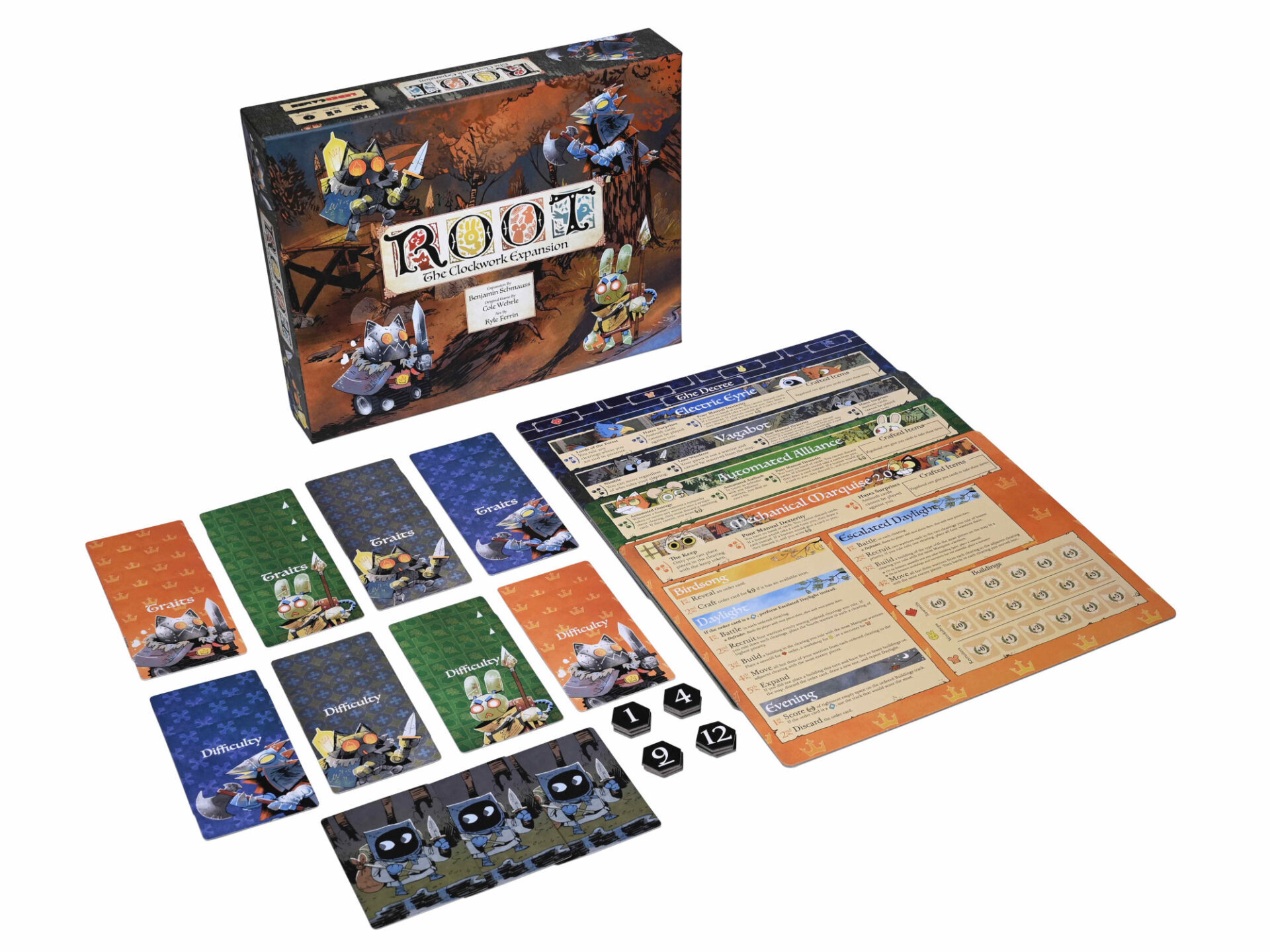
The Clockwork expansion doesn’t offer any new factions, but it goes one better than The Riverfolk Expansion and its bot player. In fact, it goes three better, giving you bot versions of all of the base factions to play against.
Obviously, this is fantastic news if you play a lot of games solo. Rather than playing a two-player game against an automa opponent, you can play a complete four-player game against three bots. There’s a little overhead in doing this, as you need to run through the list of priorities for each rival faction on each part of their turns, but with the new player boards included in the box, they’re not too cumbersome to run. I’ve certainly played with more complicated bot opponents in other games.
The other really nice thing it does is to allow a couple of human players to team up and take on two bots. In this game mode you race to score 30 VPs each before any bot does the same. Co-op play is surprisingly rewarding in a game designed around direct conflict between players. The Clockwork Expansion is a really good investment if you want to practice building your strategies, but don’t have enough people to play with every time.
The Underworld Expansion (2020)
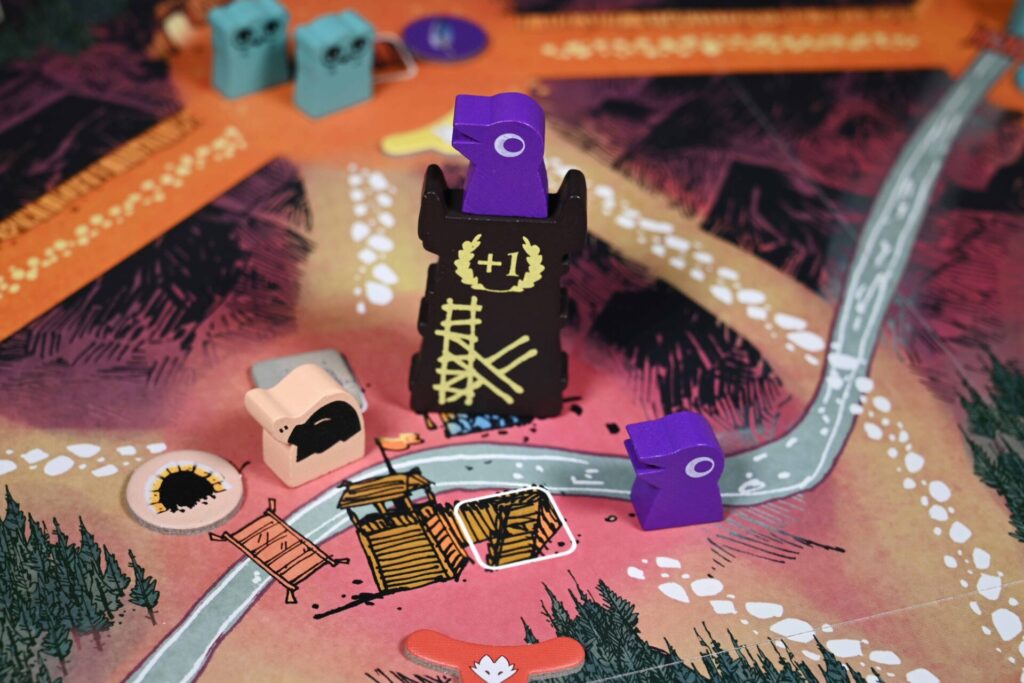
Two new factions, and two new maps in this one. The Underworld Expansion adds in The Underground Duchy (moles), and the Corvid Conspiracy (crows, not germs). The moles are great fun to play with. Being able to tunnel all over the map and just spring up, makes them feel like dangerous opponents. The way they use their sway to influence the game is really nice too. I like the crows too, with their plots. You even get to plant bombs and wipe out all resistance in a clearing. Once again though, as powerful as that sounds, the balance is really good.
Maybe the star of this box, however, is the new game board. There’s now a lake and a mountain map, each with their own unique features. The lake adds a… well… it’s a lake. This puts a huge divide in the middle of the map, but the addition of a Ferry means that any player using it can move to any lake-adjacent spot on the board. With movement being the key to strategy in Root, it adds a really interesting new dimension. The mountain map adds a new mechanism, with blocked tunnels. Players can spend cards to clear tunnels, opening up new ways to move around the board. There’s also a new Keep piece added to a clearing, and the faction controlling the keep gains a VP at the end of their turn. It gives the game a real King of the Hill feel.
Final thoughts
There are some people who never manage to get on with Root. Something about the game just turns them off completely. I’m not one of them, I absolutely love Root. I spend so much of my time playing non-conflict Euro games, that the change of pace, and styling of Root is a welcome change. There is so much variety afforded by the different factions and the deck of cards you draw from, and with the expansions (there’s another due to land soon), there are a ton of ways to keep the game fresh, if you get addicted to it.
While the balance in the game is there (check the errata on BGG for each game too, some may have rules tweaks from your printing), the biggest problem comes with the player skill imbalance that I mentioned further up the review. It’s very hard to break into an established Root group if you’ve never played before. Buying the digital version really does help, but if you’re bringing a newbie to the table, be prepared for a baby steps game or two.
When it comes to the expansions, I recommend The Underground Expansion first, then Riverfolk. Only get the Clockwork Expansion if you intend to play solo, or with low player counts, but want all factions on the map.
If you’re after the woodland feel and the cute animal characters, but don’t want the conflict, look instead at Everdell. But if you fancy something with a bit more bite, or you’re on the fence when it comes to whether you’d enjoy a war game or not, get Root. The game design is genius, and it’s a lot of fun to play.
Image credits: ¹ Ross @ More Games Please
Root is available from our sponsor – Kienda. Sign-up using this link to get 5% off your first order over £60.
I bought Root and the Clockwork Expansion with my own pennies. The Riverfolk Expansion and The Underground Expansion were kindly provided by Leder Games. Thoughts and opinions are my own.
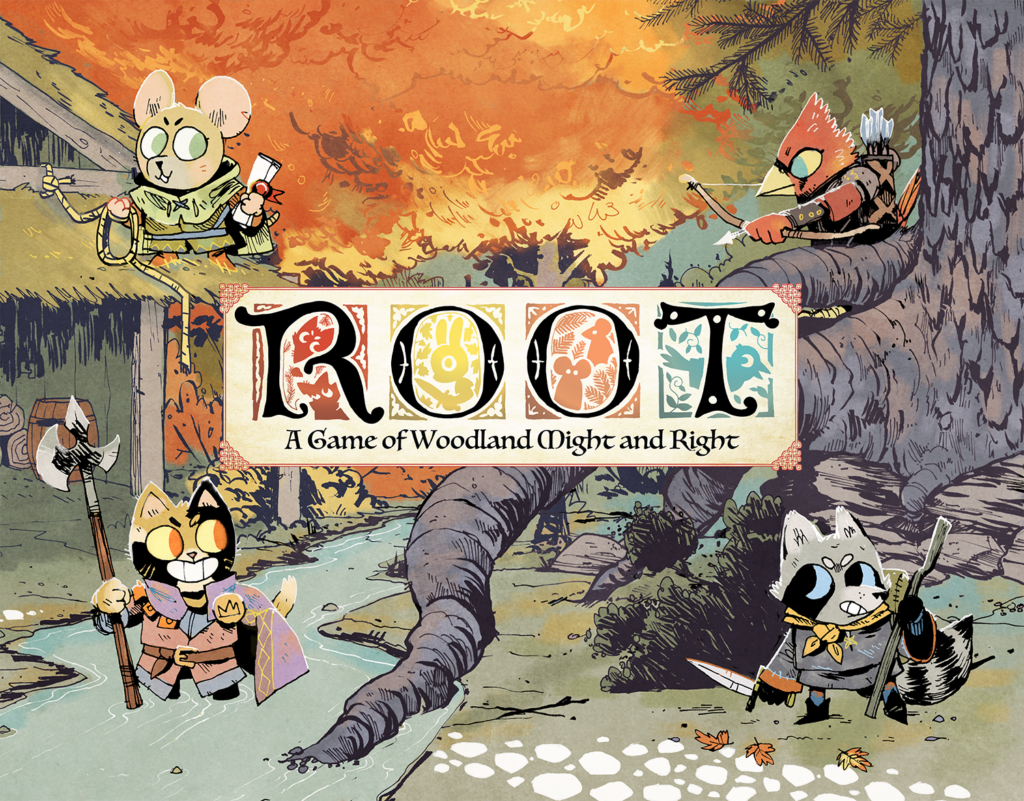
Root (2018)
Designer: Cole Wehrle
Publisher: Leder Games
Art: Kyle Ferrin
Players: 2-4 (1-6 with expansion)
Playing time: 60-90 mins
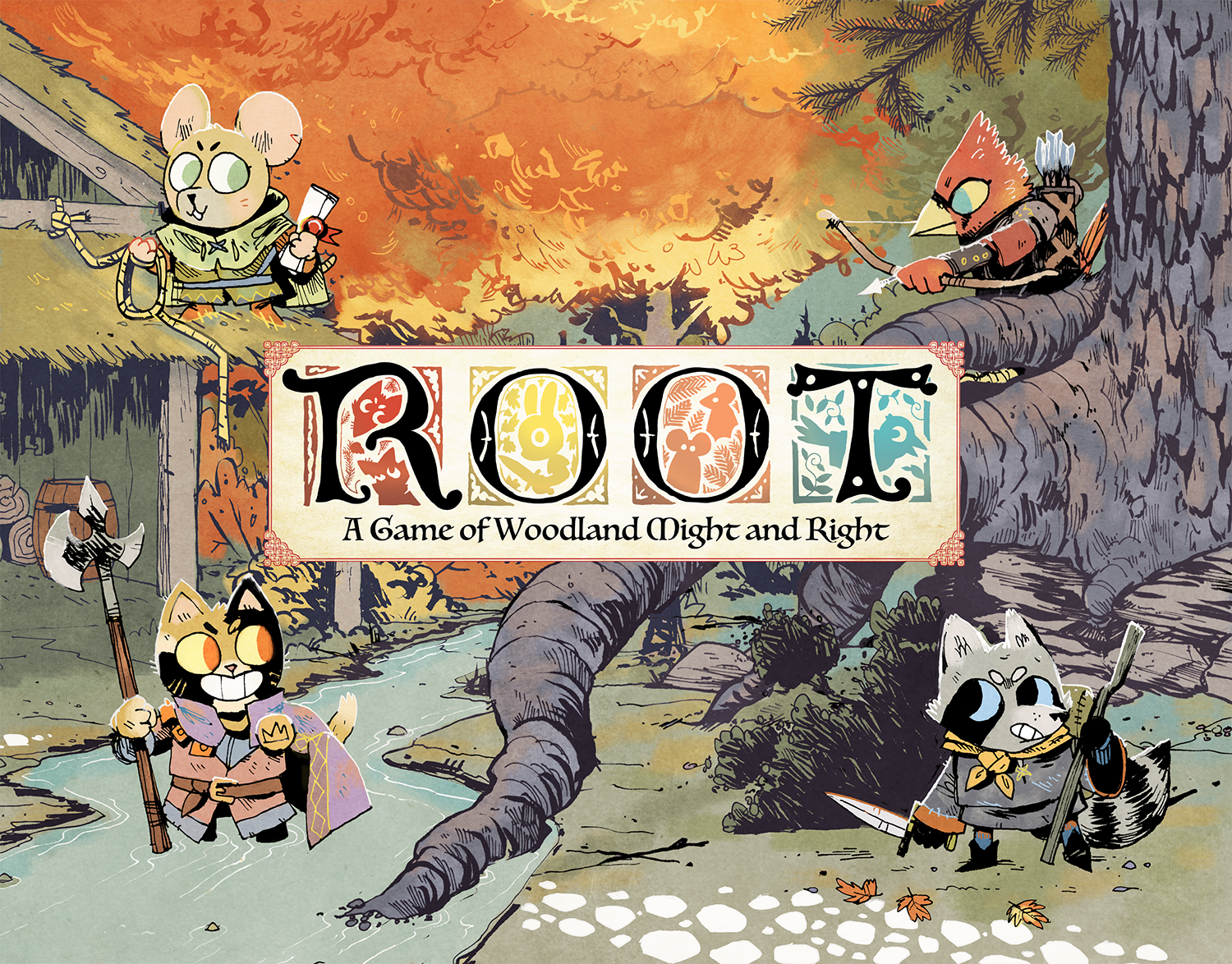
Great review! I love how you broke down the expansions and their impact on the gameplay. I’m particularly intrigued by how the new factions change the dynamics of the game. Can’t wait to try them out!